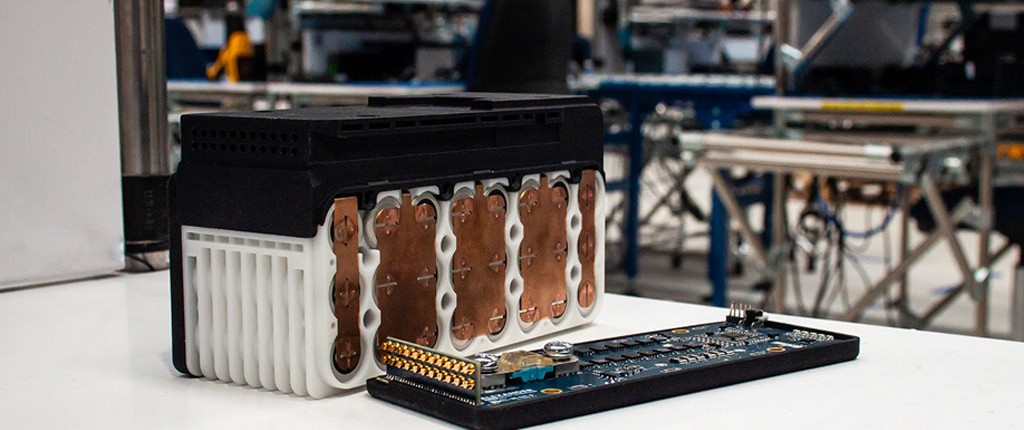The world’s growing demand for efficient and reliable energy storage solutions has driven significant advancements in lithium battery technology. However, achieving optimal performance from lithium battery packs is not just about the individual cell; it’s about the collective performance of all cells working together seamlessly. This article delves into the concept of consistency in lithium battery packs, discussing its definition, causes, scope of evaluation, and the critical issues it addresses.
Defining Consistency
Consistency in lithium battery packs refers to the convergence of crucial characteristic parameters among a group of lithium batteries. It is a relative concept; there’s no single “perfect” level of consistency. The goal is to make these parameters, such as capacity, internal resistance, and open circuit voltage, as similar as possible within a small range. Consistency also encompasses the entire life cycle of the battery pack, considering the attenuation of capacity, growth in internal resistance, and aging rate. Ultimately, the focus is on ensuring the longevity of the entire battery pack.
Understanding Inconsistency
The inconsistency of lithium battery parameters primarily pertains to capacity, internal resistance, and open circuit voltage. These parameters are crucial because they impact the overall performance and safety of the battery pack.
- Capacity: Capacity refers to the amount of energy a cell can store and deliver. Inconsistency in capacity can result in uneven energy distribution during charging and discharging cycles, leading to overcharging or undercharging of some cells.
- Internal Resistance: Internal resistance represents the opposition to the flow of electrical current within a cell. Differences in internal resistance among cells can cause uneven heating, accelerating the degradation of cells with higher resistance.
- Open Circuit Voltage: Open circuit voltage is the voltage of a battery when it’s not connected to any load. Inconsistency in open circuit voltage can affect the accuracy of state-of-charge (SOC) estimation, potentially leading to overcharge or over-discharge situations.

Causes of Inconsistency
The inconsistency of lithium battery packs is a cumulative process influenced by various factors:
- Manufacturing Process: Variability in materials and technical issues during manufacturing can result in small differences in the characteristics of lithium batteries from the same batch.
- Environmental Factors: The operating environment, including temperature, ventilation, and self-discharge rates, can affect the capacity and internal resistance of individual cells differently.
- Charging and Discharging: Variations in charging and discharging processes across cells can lead to disparities in capacity and internal resistance.
- Time: As batteries age, their characteristics change. Over time, even small initial differences in cells’ characteristics can magnify, leading to significant inconsistency.
Scope of Consistency Evaluation
Consistency evaluation applies to all cells within a battery pack, whether in series or parallel configuration. For instance, in parallel modules, cells with lower discharge capacity may become bottlenecks, impacting the overall discharge capacity. In series modules, cells with varying characteristics can result in uneven voltage distribution during charging and discharging cycles.
Hazards and Problems Arising from Inconsistency
Inconsistent lithium battery packs can pose several hazards and problems:
- Capacity Loss: The worst-performing cell in a battery pack dictates the pack’s capacity, leading to overall capacity loss.
- Reduced Lifespan: Cells with small capacity may wear out faster as they consistently discharge at their maximum capacity, shortening the battery pack’s lifespan.
- Increased Internal Resistance: Cells with higher internal resistance generate more heat when current flows through them, further accelerating their deterioration.
- Safety Risks: Protection circuits in lithium battery packs monitor voltage discrepancies among cells. Large differences can trigger protection measures, potentially rendering the battery pack unsafe.
Conclusion
Consistency is a critical aspect of ensuring the reliable and safe operation of lithium battery packs. Addressing the inconsistency of capacity, internal resistance, and open circuit voltage among cells is essential for maintaining optimal performance and extending the life of battery packs. As the demand for lithium batteries continues to grow across various industries, achieving and maintaining consistency will remain a top priority in battery technology development.
For More Updates Follow Us
WhatsApp – Facebook – Instagram – Twitter – LinkedIn – YouTube

